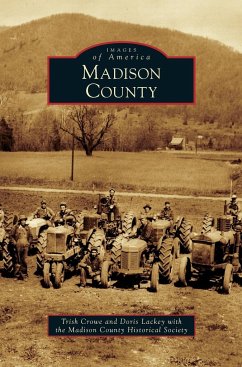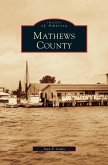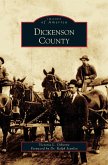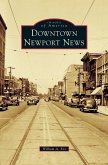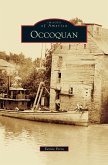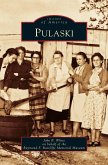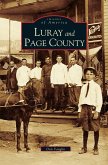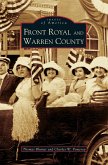This fertile and beautiful land, with its small rivers and valleys and surrounding mountains, was designated Madison County in 1792. The county was named for the family of James Madison, fourth president of the United States and the father of the Constitution. His family ran a mill on the Rapidan River, which is now located in the southern section of Madison County. Early in the 18th century, descendants of English and French colonials settled the southern sections of the county, and Quakers and German Lutherans settled the northern sections. Madison County's first church, Hebron Lutheran, was built in 1740, and its public church school was opened in 1748. Archaeologists have gathered evidence that Native Americans hunted and gathered in the region thousands of years earlier.
Hinweis: Dieser Artikel kann nur an eine deutsche Lieferadresse ausgeliefert werden.
Hinweis: Dieser Artikel kann nur an eine deutsche Lieferadresse ausgeliefert werden.

